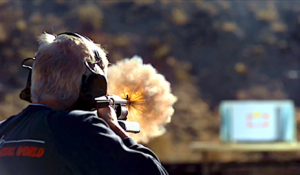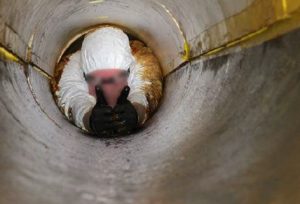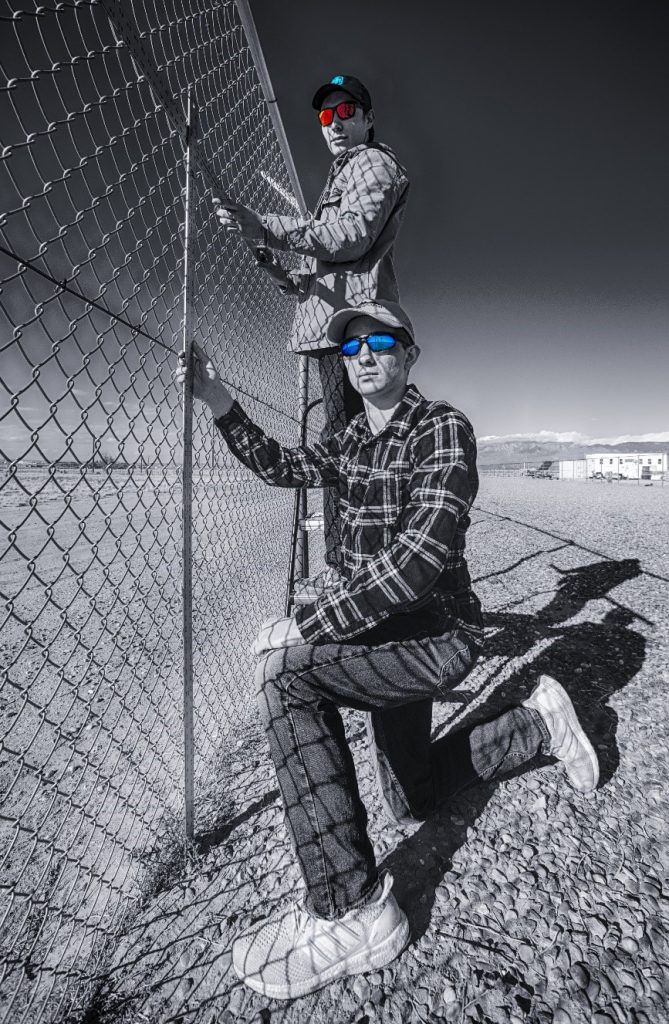NSTC Engagements
Exercise simulates dual attack on nuclear power plant

Sandia National Laboratories collaborated with international partners to collect data to better protect nuclear sites from cyberattacks and physical intrusions. As part of the multiyear research project with Canadian Nuclear Laboratories, experts at Sandia developed software to emulate a cyberattack on a site’s central alarm station during exercises, with the goal of improving overall security. Read the full Lab News article here.
Sandia helps host IAEA global nuclear security review
In March 2024, experts from Sandia National Laboratories assisted the U.S. Department of Energy National Nuclear Security Administration to host an International Atomic Energy Agency (IAEA) International Physical Protection Advisory Service (IPPAS) mission to review this country’s nuclear security regime for nuclear material and nuclear facilities. IPPAS included an assessment of the governmental organizations and legislation relevant to physical protection, the regulatory role and processes, procedures, and practices for inspection and enforcement, and the sustainability of the regime.
NSTC Testing and Evaluation
Ballistics Testing

Understanding how an adversary with a gun could disrupt personnel or technologies is critical to developing effective security systems at nuclear power plants. As part of the U.S. Department of Energy Light Water Reactor Sustainability program, Sandia National Laboratories partnered with other U.S. Government agencies, the nuclear power industry, and experts from Idaho National Laboratory for science-based ballistics testing that will strengthen domestic nuclear security.
Person Passable Openings

Researchers at Sandia National Laboratories, in conjunction with the Nuclear Energy Institute and U.S. Department of Energy Light Water Reactor Sustainability program, have conducted testing and analysis to reevaluate and redefine the minimum passible opening size through which a person can effectively pass and navigate. Physical testing with a representative population has been performed on both simple two-dimensional (rectangular and circular cross sections up to 91.4 cm in depth) and more complex three-dimensional (circular cross sections of longer lengths up to 9.1 m and changes in direction) opening configurations. The primary impact of this effort is to define the physical design in which an adversary could successfully pass through a potentially complex opening, as well as to define the designs in which an adversary would not be expected to successfully traverse a complex opening. These data can then be used to support risk-informed decision making. Read the report here.
Testing High Security Fencing

Sandia National Laboratories, as part of the U.S. Department of Energy Light Water Reactor Sustainability program, partnered New Mexico Tech’s Energetic Materials Research and Testing Center to conduct a series of experiments which evaluated various high security fencing under different attack scenarios at the Sensor Testing & Evaluation Center. Understanding the attributes associated with high security fencing is critical to developing effective security systems at nuclear power plants.
NSTC Research and Publications
Nuclear Science and Engineering
- Security Technology Testing and Evaluation Manual, Anthony Aragon, Greg Baum, Thomas Mack, JR Russell, and Ben Stromberg, November 2021. And associated Binominal Reliability Table, James Cooke, Mark Lee, and John Vanderbeck, U.S. Naval Ordinance Test Station, January 1964.
- Special issue on Nuclear Physical Security Risk and Uncertainty Analysis, Douglas M. Osborn and Katrina Groth, 16 May 2023.
- State-of-the-Art in Evaluation Approaches for Risk Assessment of Insider Threats to Nuclear Facility Physical Protection Systems, Chris Faucett and Karen Vierow Kirkland, 18 Nov 2022.
- Computing Physical Security System Effectiveness at Commercial Reactors, Dan McCorquodale, and Ian Broglie, 3 Oct 2022.
- A Dynamic Risk Framework for the Physical Security of Nuclear Power Plants, Robby Christian, Vaibhav Yadav, R. Steven Prescott, and Shawn W. St. Germain, 12 Oct 2022.
- Integrated Safety and Security Analysis of Nuclear Power Plants Using Dynamic Event Trees, Brian Cohn, Todd Noel, Jeffrey Cardoni, Troy Haskin, Douglas Osborn, and Tunc Aldemir, 11 Apr 2023.
- Performance Testing of Person Passable Openings to Evaluate Accepted Risk, W. Gary Rivera and Emily Sandt, 26 Jan 2023.
- New Security Concepts for Advanced Reactors, Alan Evans, John L. Russell, and Benjamin B. Cipiti, 1 Nov 2022.
- Possible Does Not Mean Useful: The Role of Probability of Attack in Security Risk Management. Gregory D. Wyss and Adam D. Williams, 4 Nov 2022.